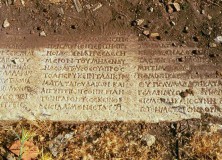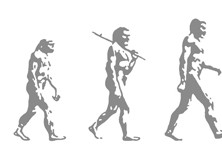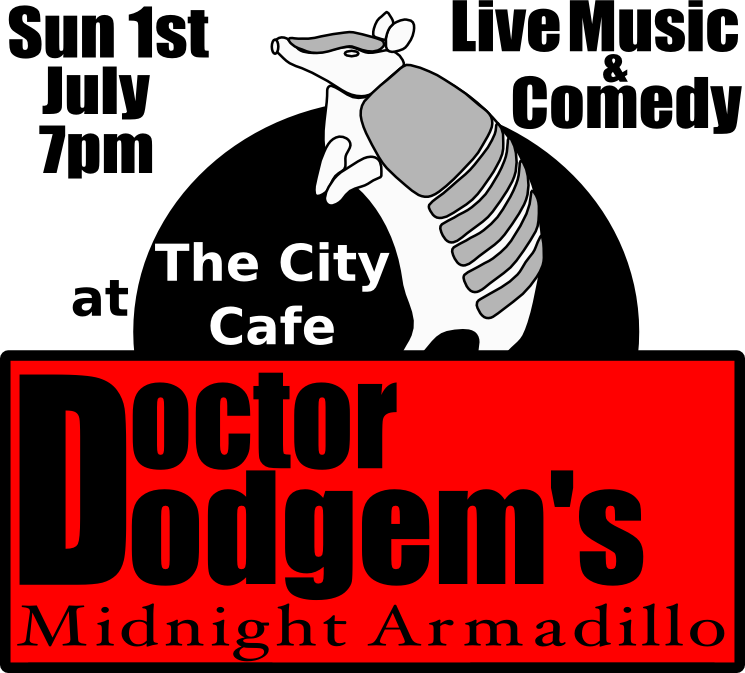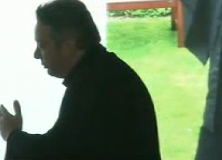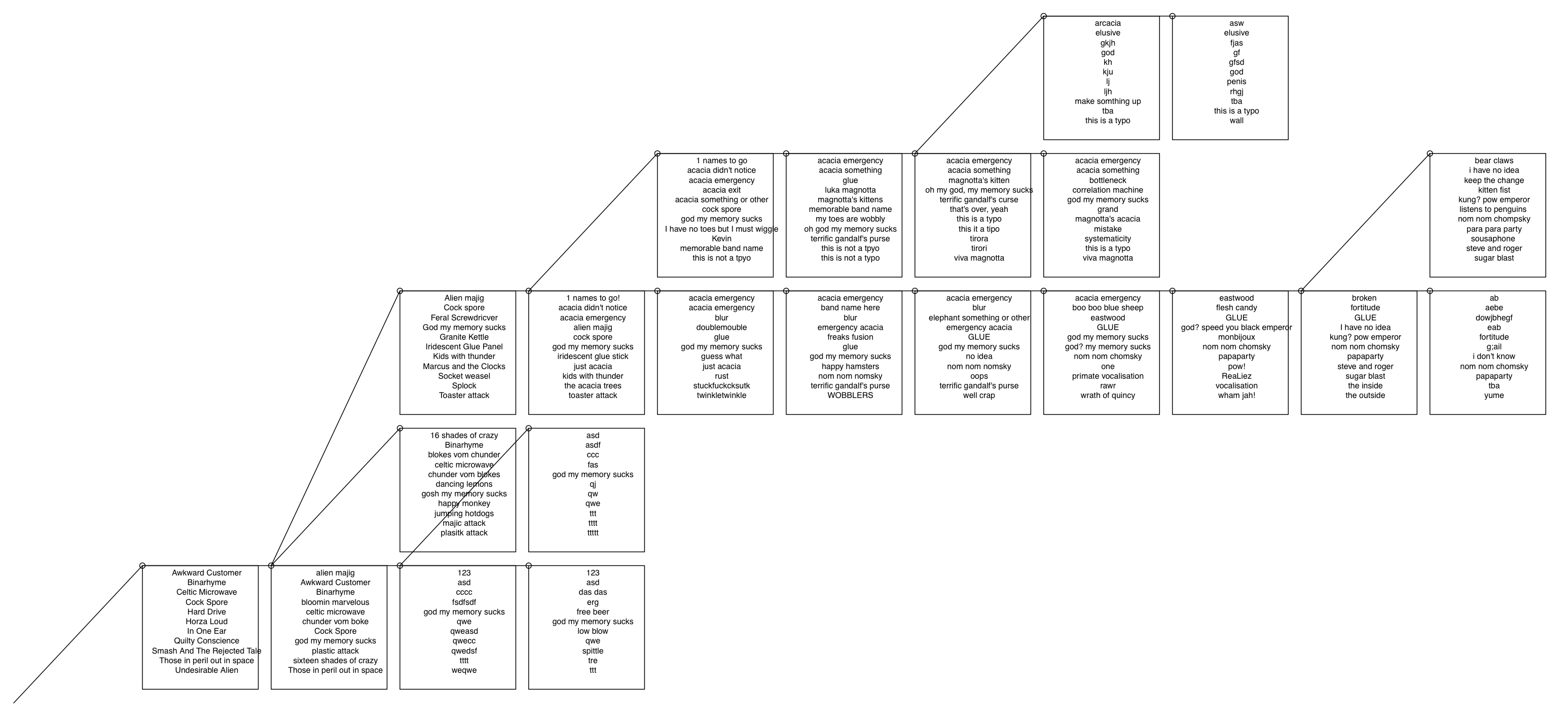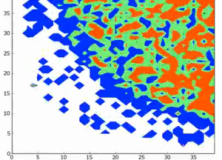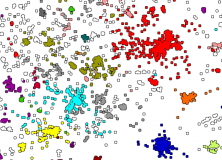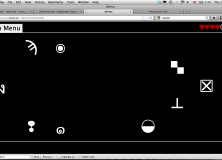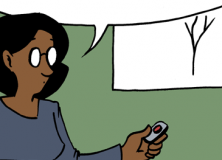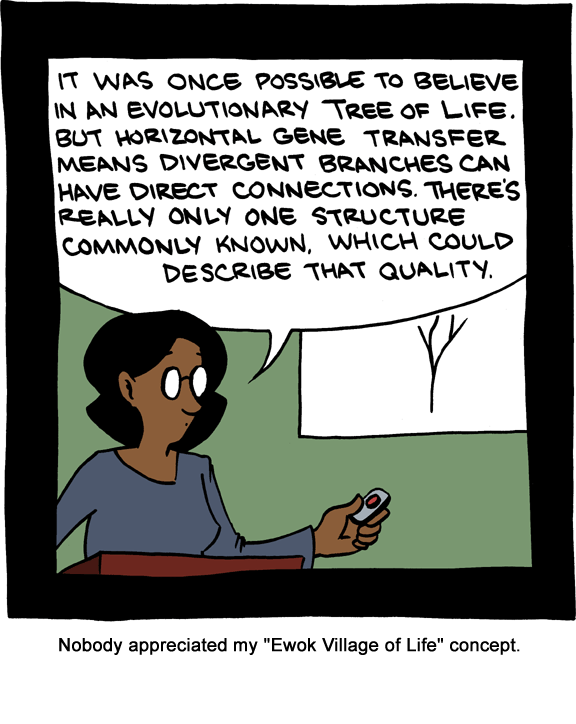Here’s a talk by János Németh on the Prehistory of Evolutionary Linguistics. Németh demonstrates that thinking about the origins of language predates the Enlightenment by over a thousand years. Ideas that actually appear pretty modern were discussed in Ancient Greece. However, after this initial burst of progress, there was a thousand year gap where no progress was made. Why is this? Németh argues that the Judeo-Christian tradition of creation would make questioning the origins of langauge difficult for centuries.
I found his discussion of Ancient theories of langauge evolution interesting from an online resource and use them here to grind my own particular axe: the monolingual bias in linguistics (all the source material and the vast majority of the argument here comes from Németh’s thesis).
Continue reading “Ancient theories of language evolution: The origin of the monolingual myth”

